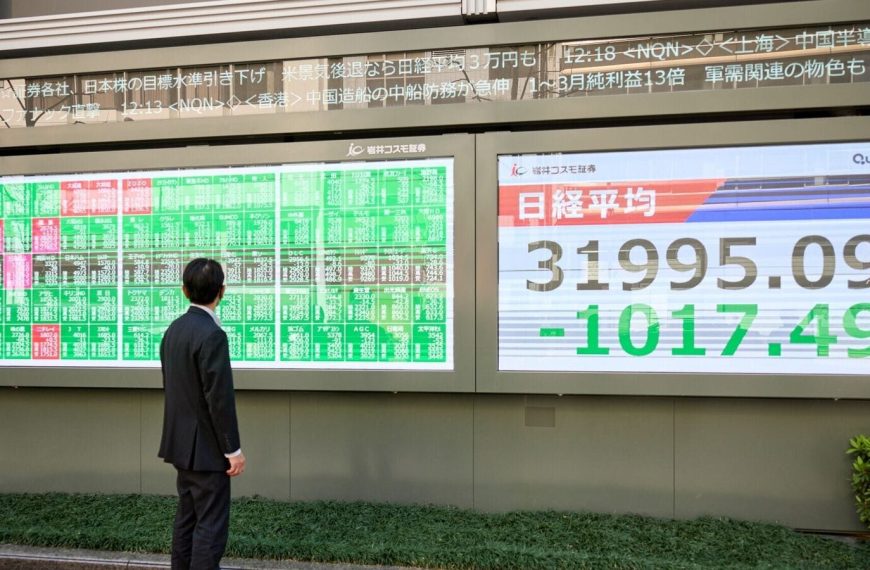In a significant escalation of trade tensions, China has unveiled a series of retaliatory measures in response to the latest tariffs imposed by U.S. President Donald Trump. Starting next week, the Chinese government will implement a 34% tax on all American imports, mirroring the tariffs that the U.S. recently placed on Chinese goods. This decisive action highlights China’s strategic preparation and aims to inflict economic pain on U.S. exporters, potentially leveraging this discomfort in future negotiations.
China’s Strategic Response to U.S. Tariffs
These newly announced tariffs will take effect on Thursday and come in addition to the previous rounds of 10% tariffs that were declared in February and March. The U.S. administration has previously cited concerns over China’s role in the fentanyl crisis as part of its justification for the tariffs. China’s countermeasures extend beyond tariffs, including:
- Enhanced export controls on rare earth minerals, essential for many high-tech applications.
- A lawsuit filed with the World Trade Organization.
- A halt on imports of sorghum, poultry, and bonemeal from specific U.S. companies.
- The addition of over two dozen U.S. firms to a list of trade-restricted entities.
- An anti-monopoly investigation into DuPont China Group Co., a subsidiary of the multinational chemical corporation.
A History of Trade Tensions
This latest round of tariffs is reminiscent of the trade war that characterized much of Trump’s first term and continued under President Joe Biden. During that period, China had previously imposed 15% duties on coal and liquefied natural gas, as well as a 10% tariff on crude oil and agricultural machinery from the U.S.
In recent developments, China has also intensified scrutiny over U.S. companies, adding PVH, which owns popular fashion brands like Tommy Hilfiger and Calvin Klein, to its “unreliable entity” list. Additionally, restrictions on the export of five critical rare metals have been implemented, impacting industries such as defense and clean energy.
Key Moments in the U.S.-China Trade Saga
The ongoing trade dispute has unfolded over several years, marked by pivotal events, including:
- March 2017: Trump signs an executive order to tighten tariff enforcement.
- April 2017: A 100-day trade plan is agreed upon but collapses by July.
- January 2018: The U.S. imposes 30% tariffs on solar panels from China.
- April 2018: China retaliates with tariffs on U.S. imports worth approximately $3 billion.
- June-August 2018: The two countries engage in multiple rounds of tariffs affecting over $250 billion in Chinese goods and $110 billion in U.S. imports.
Recent Developments and Future Outlook
As tensions rise, both nations are bracing for potential escalation in their trade relationship. In October 2022, Biden maintained most of Trump’s tariffs, introducing new restrictions on semiconductor exports to China, set to expand further in late 2023 and 2024. Looking ahead, Trump has already suggested he may impose tariffs of 60% on Chinese imports if he regains the presidency.
The situation remains fluid, with both countries seemingly preparing for a prolonged standoff that could reshape global trade dynamics. As the world watches, the implications of these tariffs and counter-tariffs will likely reverberate across various industries and economies.
This complex web of trade disputes underscores the ongoing strategic competition between the U.S. and China, leaving many to speculate on the future of international trade and economic relations.











